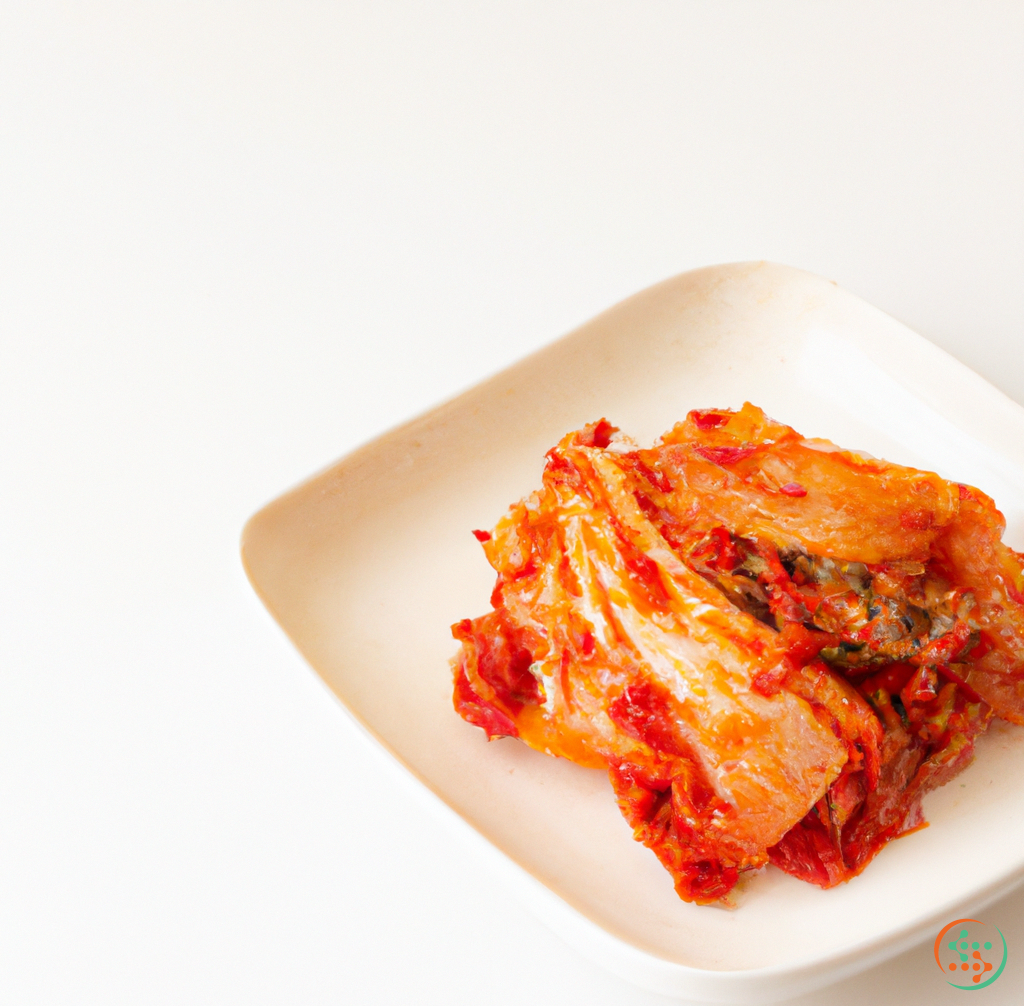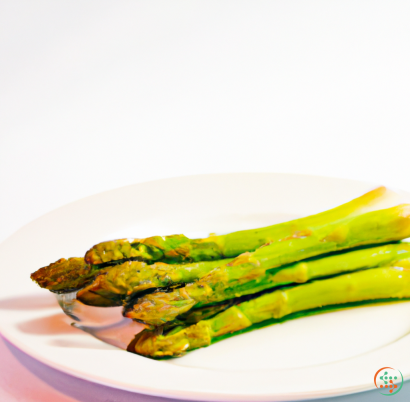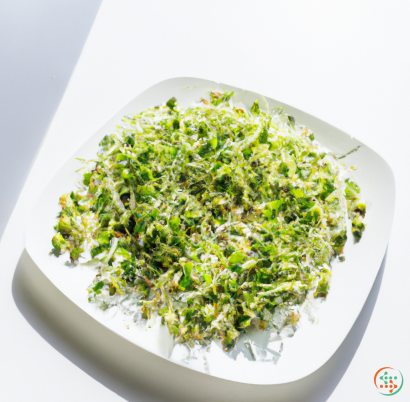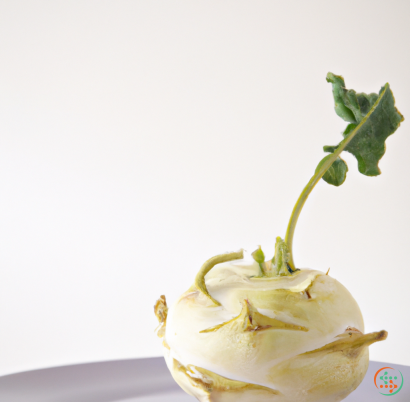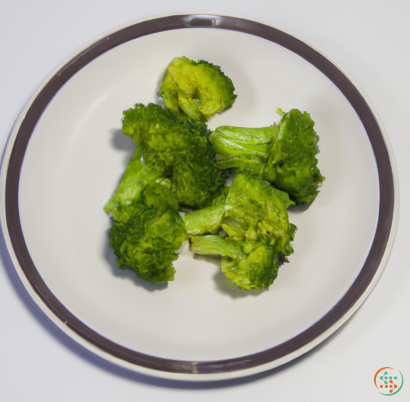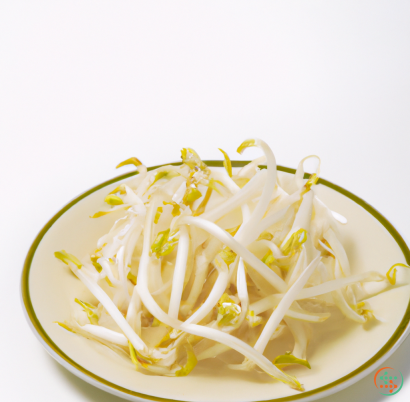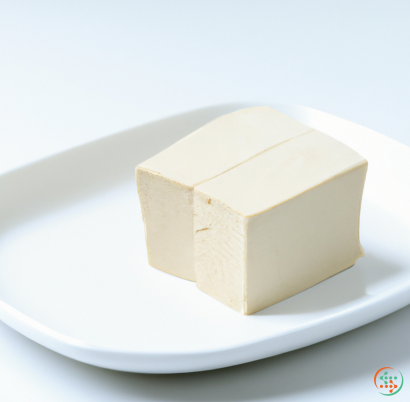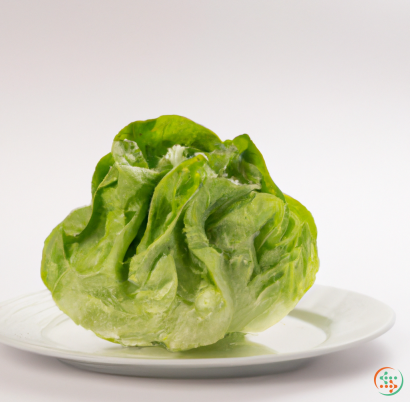Kimchi
Kimchi is a staple food in countless cultures and cuisines across the world – especially in East and Southeast Asia. The pungent and spicy fermented dish of cabbages, radishes, and various seasonings has a long history that dates back centuries and ties in multiple fascinating societal and economic aspects. Even today, kimchi (??) is enjoyed in many unique forms and continues to spread to more diverse locales. With so many different types, recipes, ingredients, and more, understanding what a kimchi is can be a foreign concept to many. Let’s take a closer look at this savory delicacy to help make a bit more sense of it.
What is Kimchi?
At its core, kimchi is a dish that marinates vegetables for extended periods of time in order to achieve tangy, flavorful, and intensely aromatic flavors. The fermentation processes create a special kind of aroma and taste that has become the hallmarks of kimchi. In its most basic form, kimchi consists of vegetables that are placed in a mixture consisting of salt, garlic, ginger, chili, and other spices, although this combination is highly customizable depending on the kimchi recipe.
One of the most common types of kimchi is napa cabbage kimchi, which is easily recognizable by its crunchy texture and vibrant colors. Other popular varieties of kimchi include ggakdugi (spicy radish, cucumber, and various other vegetables), oi sobagi (stuffed cucumber kimchi), dubu kimchi (tofu kimchi), and baechu kimchi (cabbage kimchi). While the choice of ingredients will differ, the fermenting process is generally the same, meaning that the end result will end up having a unique and recognizable flavor.
The History of Kimchi and Its Spread Across the World
The origin of kimchi dates back to ancient times in Korea, Japan, and China. At first, kimchi was used as a way to preserve food for the long, cold winter months – something that was both a necessity and an important way for people to supplement their diets. Over time, the recipes developed and became increasingly creative, with the effect being carried with merchants, travelers, and immigrants to new places. Today, you can find kimchi in pretty much any cuisine that has Asian roots, but much of the kimchi served in other parts of the world is still deeply linked to Korea.
Korea is known for its commitment to the development of kimchi and it has become an integral part of their culture. A variety of kimchi recipes are still used in the hundreds of regional varieties of the food that have been practiced for centuries. Each region has its own specialty kimchi, often made with local ingredients. The vast array of kimchi-making processes and ingredients that have evolved over time have resulted in a variety of textures and flavors for kimchi, from briny and sour to sweet and spicy.
The modern trend of kimchi has seen a worldwide resurgence. Many people who weren’t previously familiar with this unique dish are now beginning to understand and appreciate the more subtle, complex flavors of kimchi, particularly with the help of various kimchi-focused restaurants popping up all across the globe.
Today, many cultures still serve kimchi as part of their traditional meals. From Japan to China, and to South Korea, it is readily available in grocery stores and eateries, even if it’s still made with procedures that vary slightly from those of its ancient counterparts. Korean kimchi makers still use many of the same traditional methods to prepare their fermented goods, mainly because the flavor of kimchi is still highly tied to its history.
Health Benefits of Kimchi
In addition to its delicious flavor, kimchi has a number of health benefits. Because of its fermentation process, kimchi is full of beneficial probiotics that can help with digestion, improve immunity, and even help lower cholesterol. Additionally, kimchi is packed with vitamins and minerals from the vegetables used to make it, such as vitamins C, A, and B12. It is also a great source of calcium, iron, and magnesium.
Kimchi is also a low-calorie way to get your nutrients, with a one-cup serving containing only around 50 calories. Additionally, kimchi has been known to help improve skin health and reduce inflammation.
In recent years, kimchi has been gaining popularity as a favorite accompaniment to traditional meals, but more and more people are beginning to appreciate the taste, health benefits, and unique cultural heritage that comes along with this unique dish. From its roots in East Asia to its modern spread across the globe, kimchi is here to stay – and to continue to surprise and delight the taste buds of food lovers everywhere.
Kimchi: An Ancient and Utterly Delectable Staple of Korean Cuisine
Kimchi is an age-old Korean staple, made of fermented vegetables, variety of herbs and spices, and often, salted fish. It's served as a side dish, part of a meal, or can even be served as a standalone snack. Kimchi is loved by many due to its unique and flavorful taste - it has a tangy flavor but also has a spicy kick. In recent years, Kimchi has become increasingly popular in other parts of the world, becoming a worldwide craze. But how exactly does Kimchi go from farm to plate? Understanding exactly how Kimchi is created will leave you amazed and possibly wanting to make your own dish at home.
How Exactly Is Kimchi Created?
The first step to creating Kimchi is in the harvesting of the raw ingredients. Depending on the type of Kimchi being made, the ingredients can vary greatly. Traditional Kimchi uses cabbage as the main ingredient, while more modern variations may include other vegetables like carrots, cucumbers, and radishes. The traditional way to prepare Kimchi starts with the cleaning and cutting of the vegetable to the desired size and shape. The vegetable is then soaked in brine and spices to help with the fermentation process. This is usually done overnight, allowing the flavors of the spices to blend and infuse with the vegetables.
The next step is the fermentation. This requires the addition of an enzyme-rich "mother culture" known as yeotgireum. This substance is composed of wild yeast, probiotics, and lactic acid bacteria, which help in the maturation process. After adding the culture, the Kimchi is fermented at a controlled temperature for 1-2 weeks. This fermentation process helps to develop the flavor and texture. After that, it’s finally ready to be served.
From Farm to Plate
Once the Kimchi is ready for consumption, it is transported to the consumer in a variety of ways. Local producers are often able to deliver the product directly to markets or stores. If the product needs to be sent further away, it must be packaged carefully so that it won't spoil or rot during transit. This typically involves packing the Kimchi in airtight containers to prevent air contamination and oxidation.
Once it reaches its destination, the Kimchi must be stored and treated properly to ensure its quality and freshness. Kimchi is best consumed within 3-5 days after purchase, as the fermentation process continues even when it is stored in an airtight container. It should be stored in a cool, dry place and kept away from sunlight. The longer the Kimchi stays in the refrigerator, the more strong and sour it will taste.
Serving Up Kimchi
Once stored correctly and brought out for consumption, Kimchi is ready to be enjoyed. Traditionally, it is served as a side dish. It is used in a variety of dishes such as Bibimbap (a popular Korean dish with rice and vegetables), as a condiment for noodles, and as a topping for soups. It can be popularly enjoyed alongside vegetarian dishes, pork dishes, and spicy dishes like jjigae. But above all, the versatile Kimchi can be made into any meal you desire - whether it's as a snack, side dish, or part of a meal.
Conclusion
Kimchi is an age-old Korean staple that packs a flavorful punch. Made of a fermented medley of vegetables, spices, and often salted fish, it has become a favorite around the world. From purchasing the raw ingredients to getting Kimchi ready for a meal, the entire process can take between 1-2 weeks. If a person does not want to make their own Kimchi, there are plenty of high-quality options on the market that can be purchased and enjoyed. But if you're feeling creative, why not have a go at it yourself? With its complex flavor, you're sure to be delighted by the taste of the end product.
| Vitamin A | 0.005 mg | |
| Beta-Carotene | 0.055 mg | |
| Alpha-Carotene | 0.001 mg | |
| Vitamin E | 0.11 mg | |
| Vitamin K | 0.0436 mg | |
| Vitamin B1 | 0.01 mg | |
| Vitamin B2 | 0.21 mg | |
| Vitamin B3 | 0.0011 grams | |
| Vitamin B4 | 0.0155 grams | |
| Vitamin B6 | 0.21 mg | |
| Vitamin B9 | 0.052 mg |
| Calcium | 0.033 grams |
Daily Value 1.3 g
|
| Iron | 0.0025 grams |
Daily Value 0.018 g
|
| Magnesium | 0.014 grams |
Daily Value 0.4 g
|
| Phosphorus | 0.024 grams |
Daily Value 1.25 g
|
| Potassium | 0.151 grams |
Daily Value 4.7 g
|
| Sodium | 0.498 grams |
Daily Value 2.3 g
|
| Zinc | 0.22 mg |
Daily Value 0.011 g
|
| Copper | 0.02 mg |
Daily Value 0.9 mg
|
| Selenium | 0.5 ug |
Daily Value 0.055 mg
|
| Total Sugars | 1.1 grams |
per 100g
|
| Palmitic acid (16:0) | 0.06 grams |
|
| Total Saturated fatty acids: | 0.06 g | |
| Oleic acid (18:1) | 0.04 grams |
|
| Total Monounsaturated fatty acids: | 0.04 g | |
| Linolenic acid (18:3) | 0.14 grams |
|
| Linoleic acid (18:2) | 0.1 grams |
|
| Total Polyunsaturated fatty acids: | 0.24 g | |
